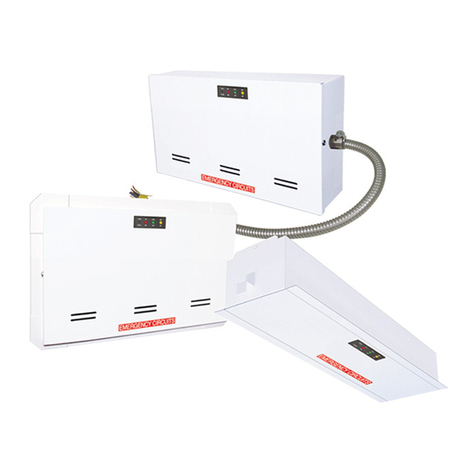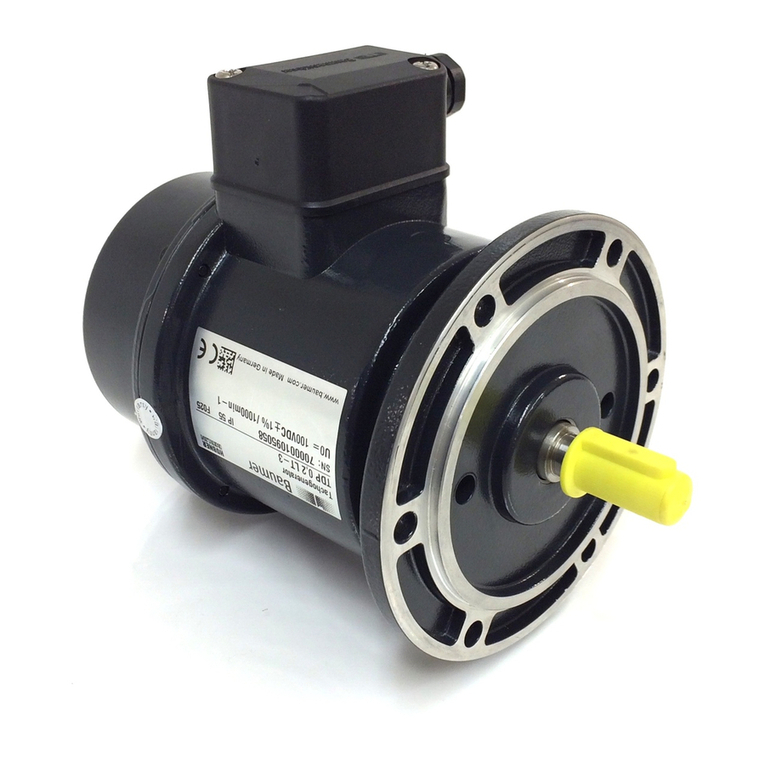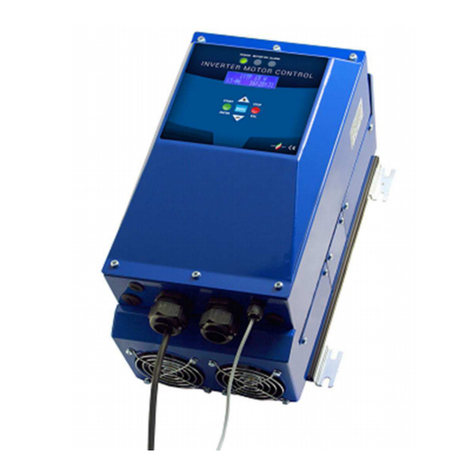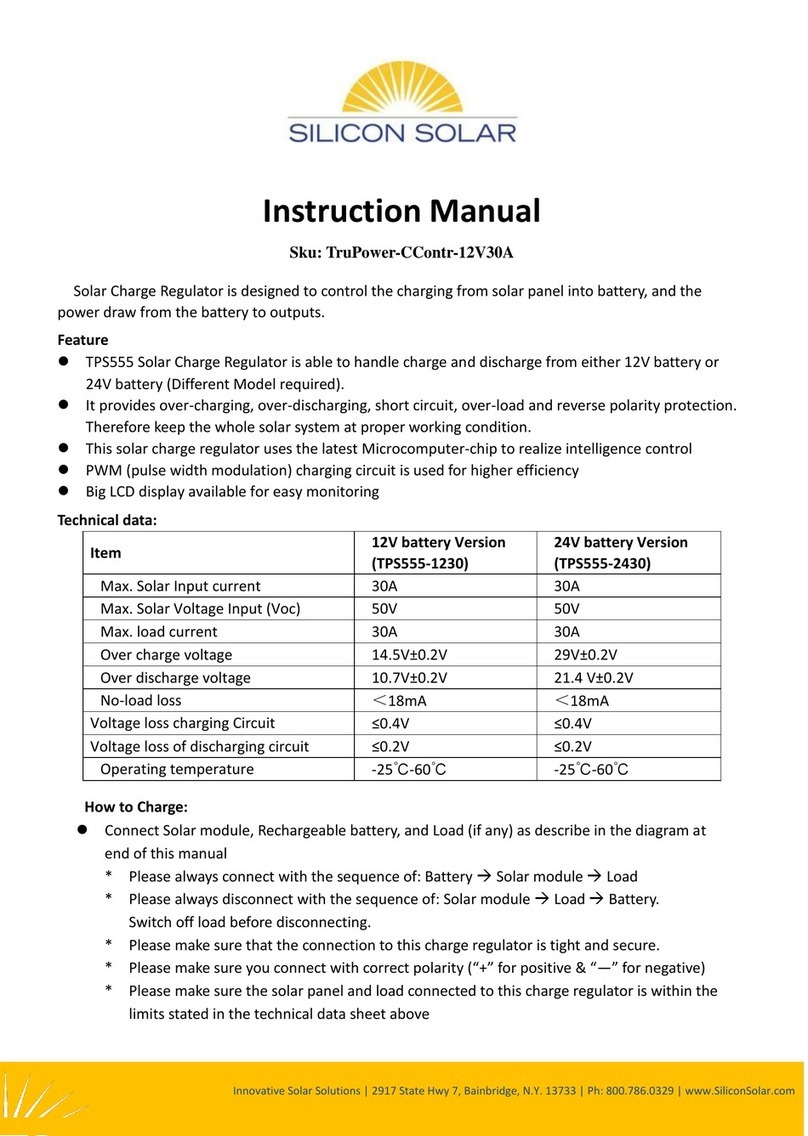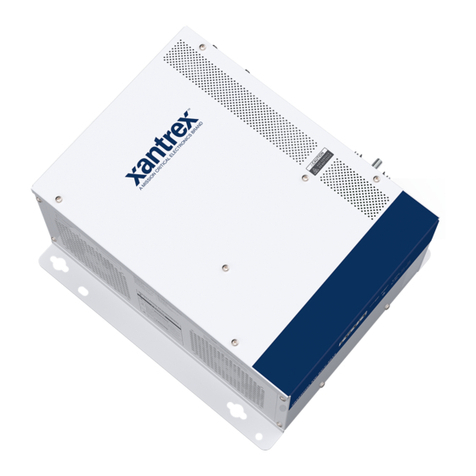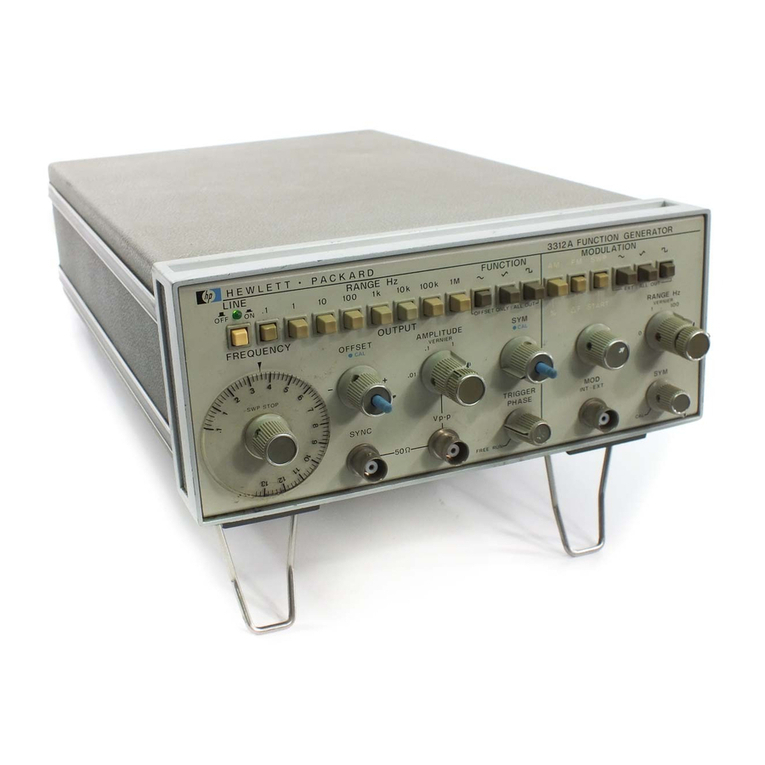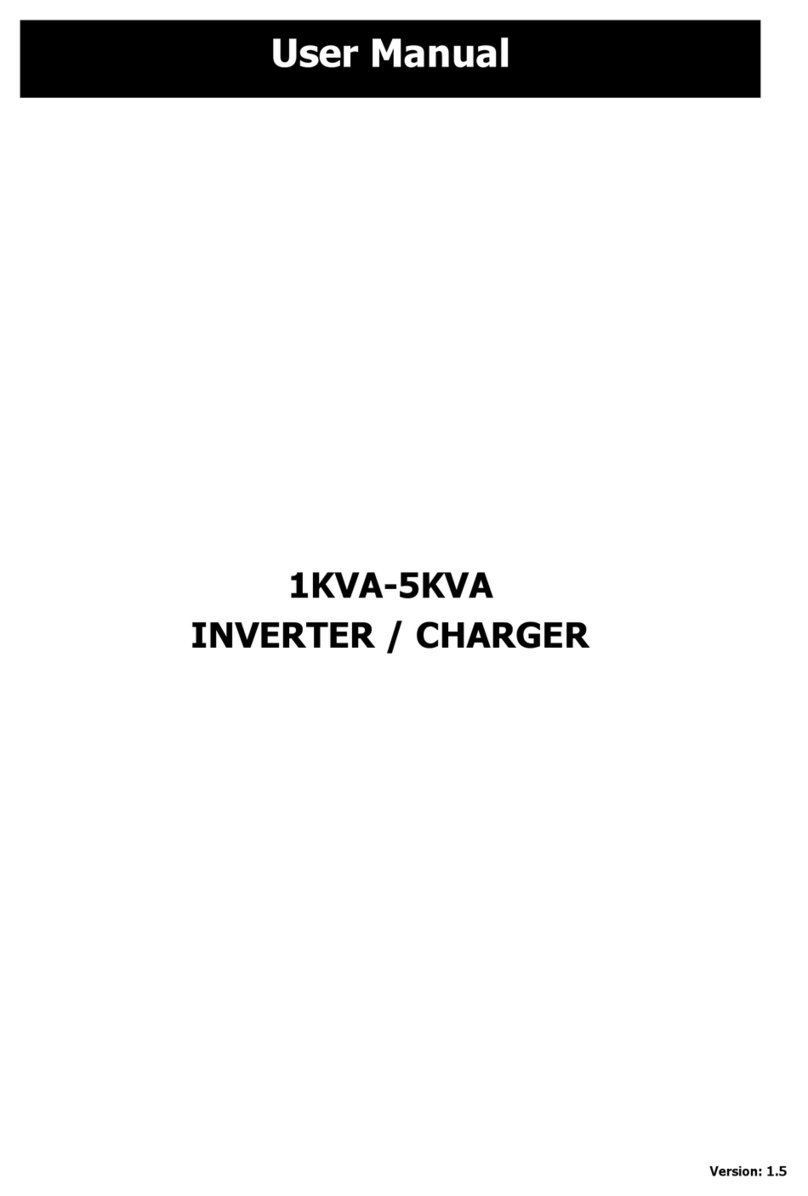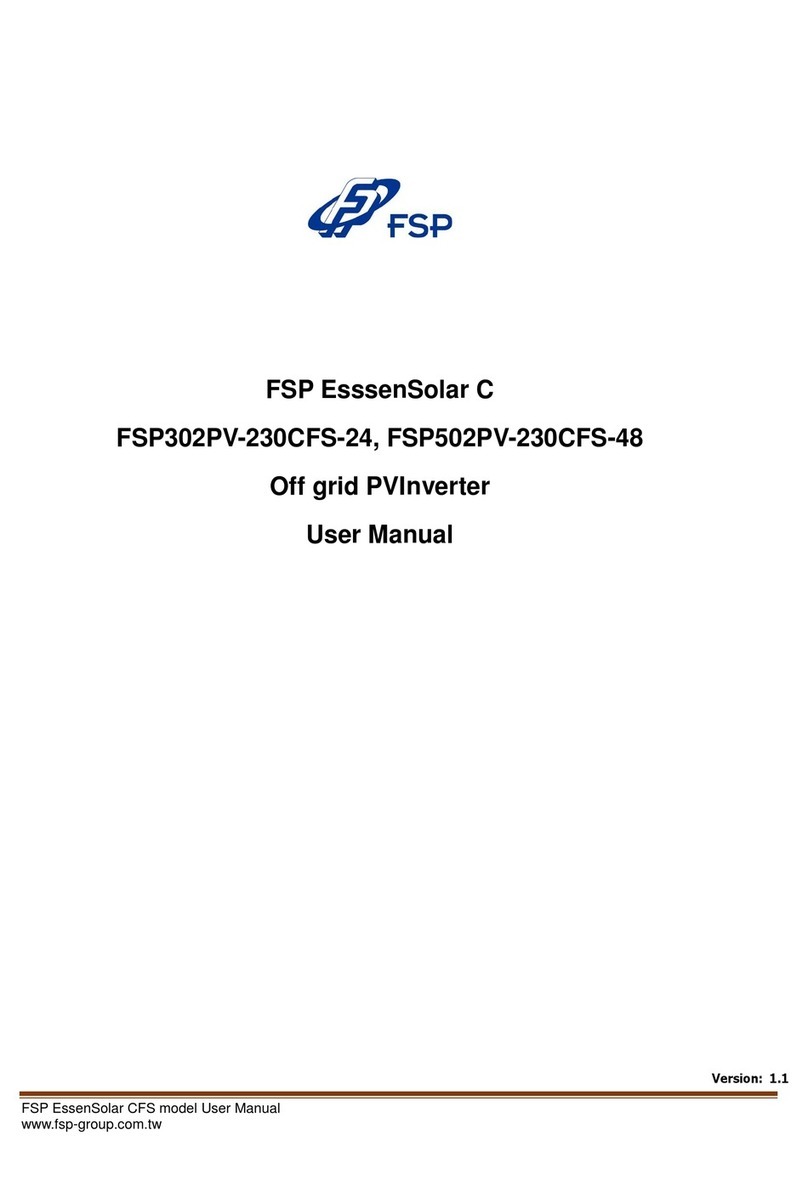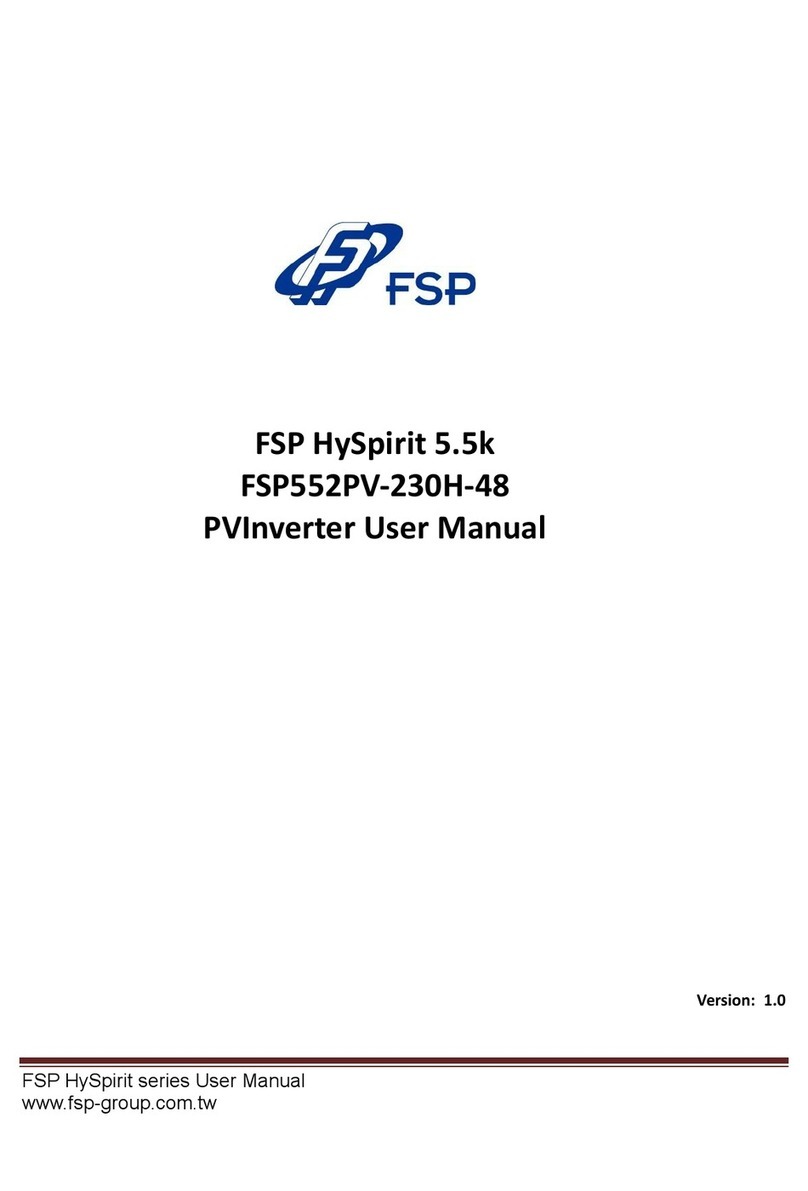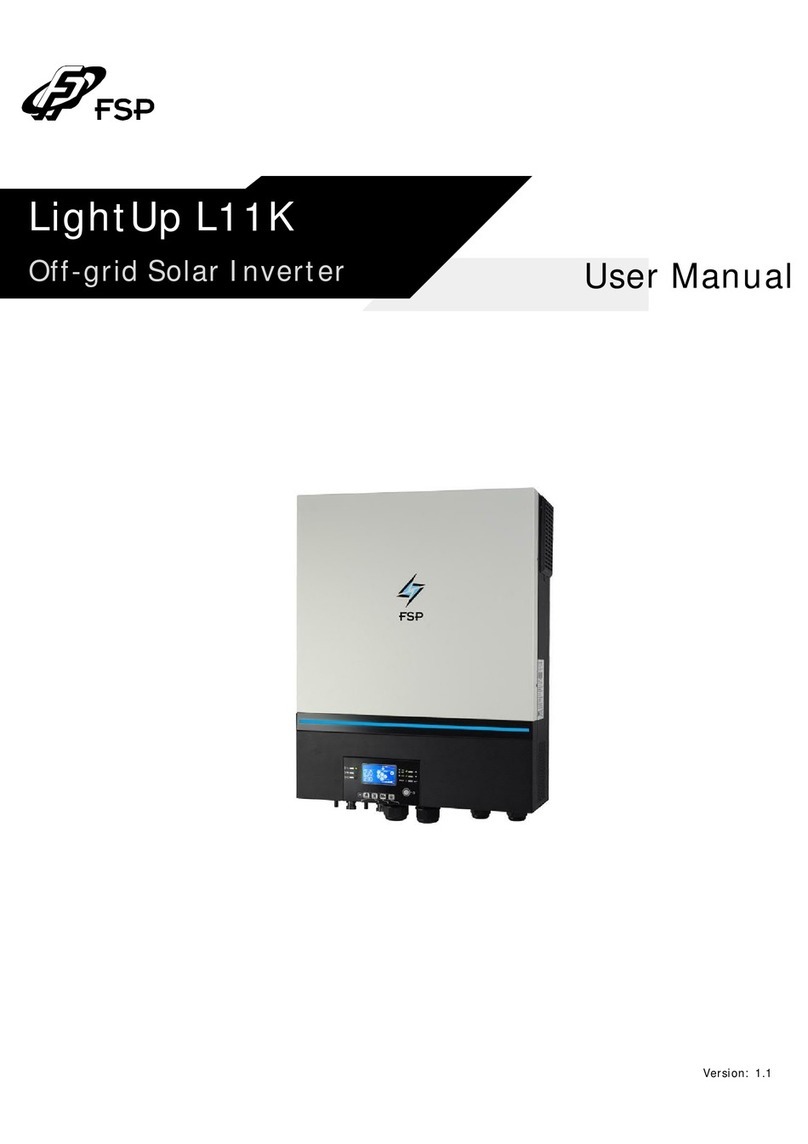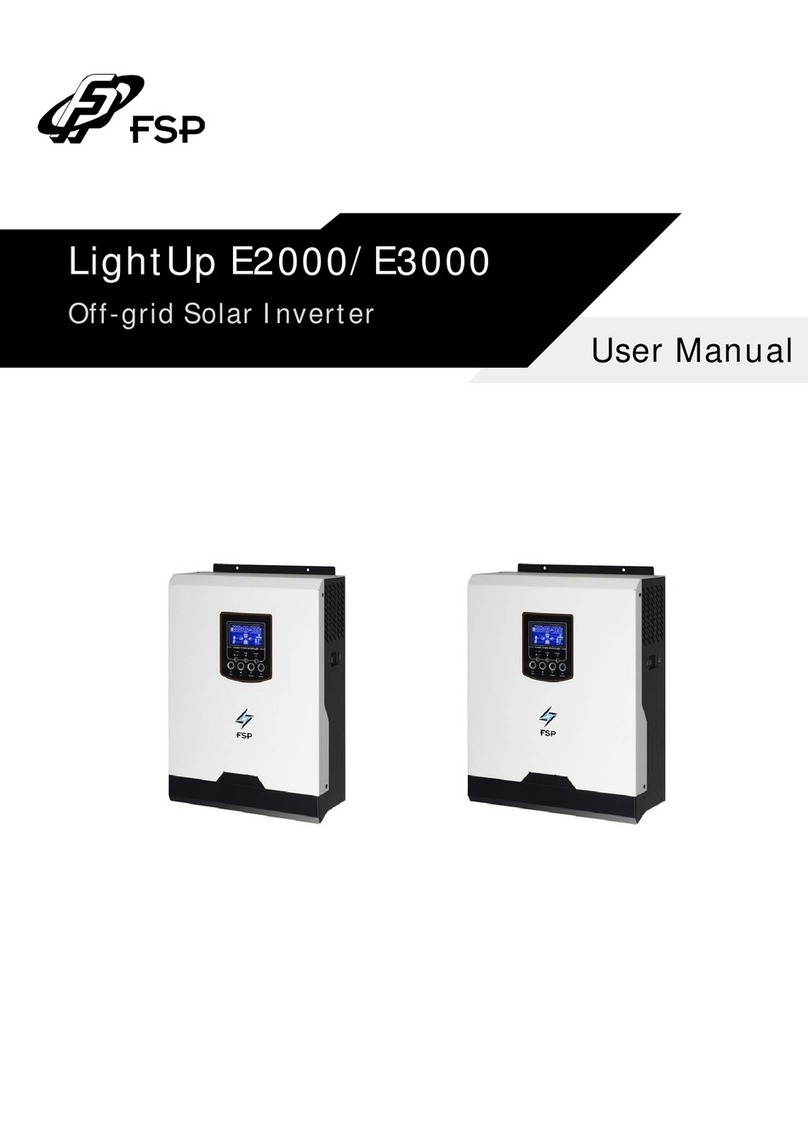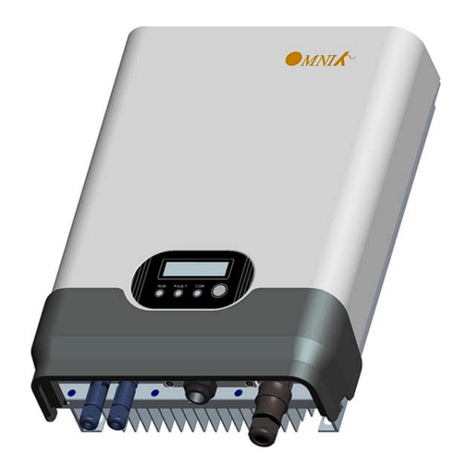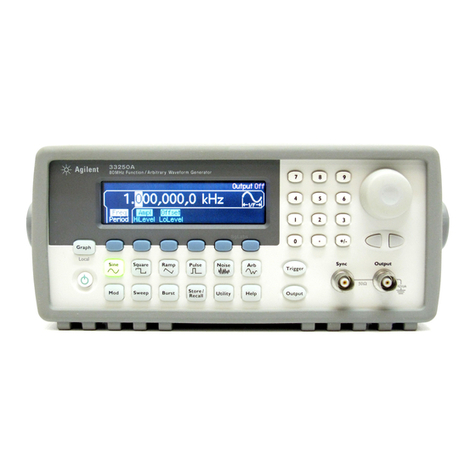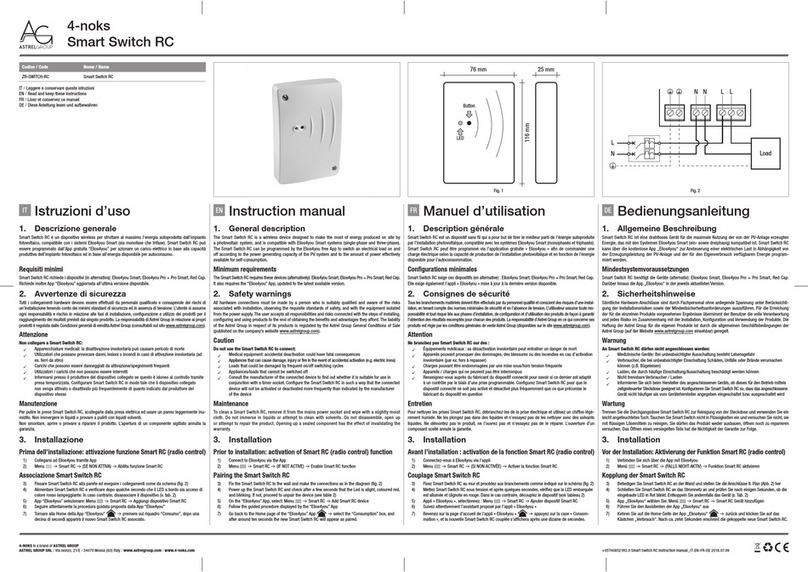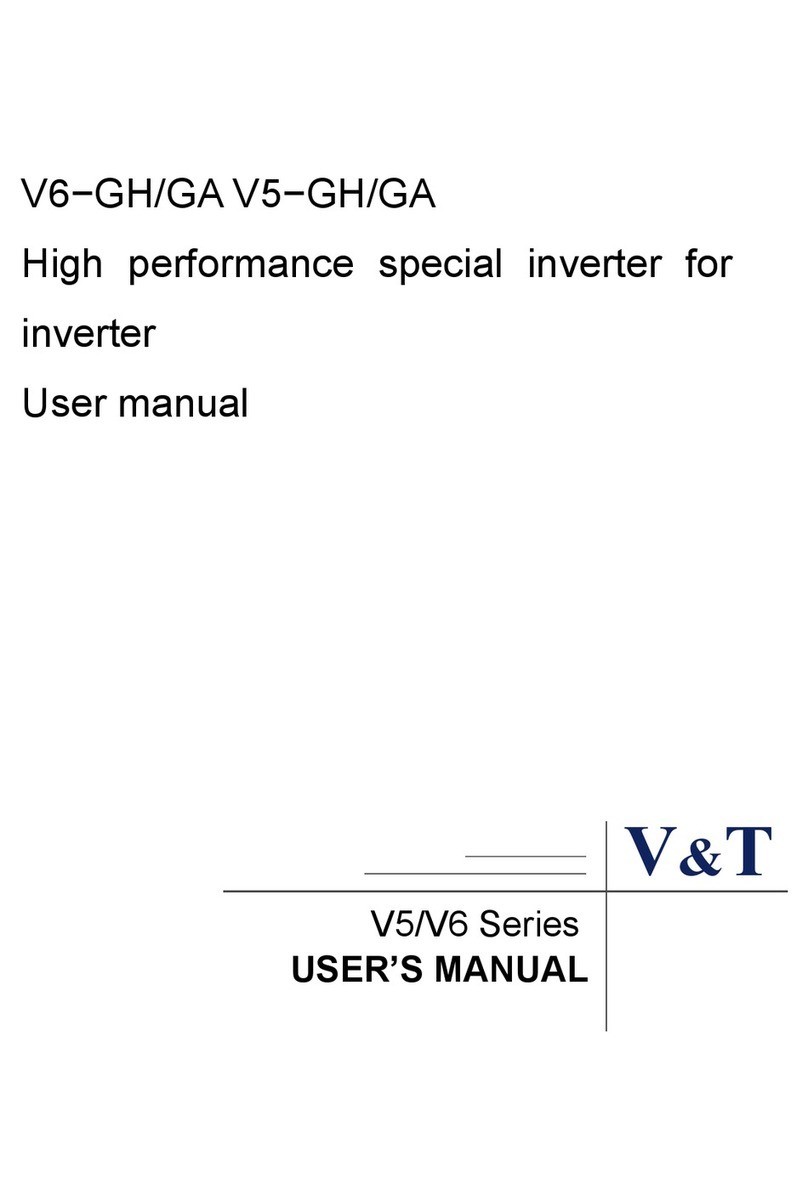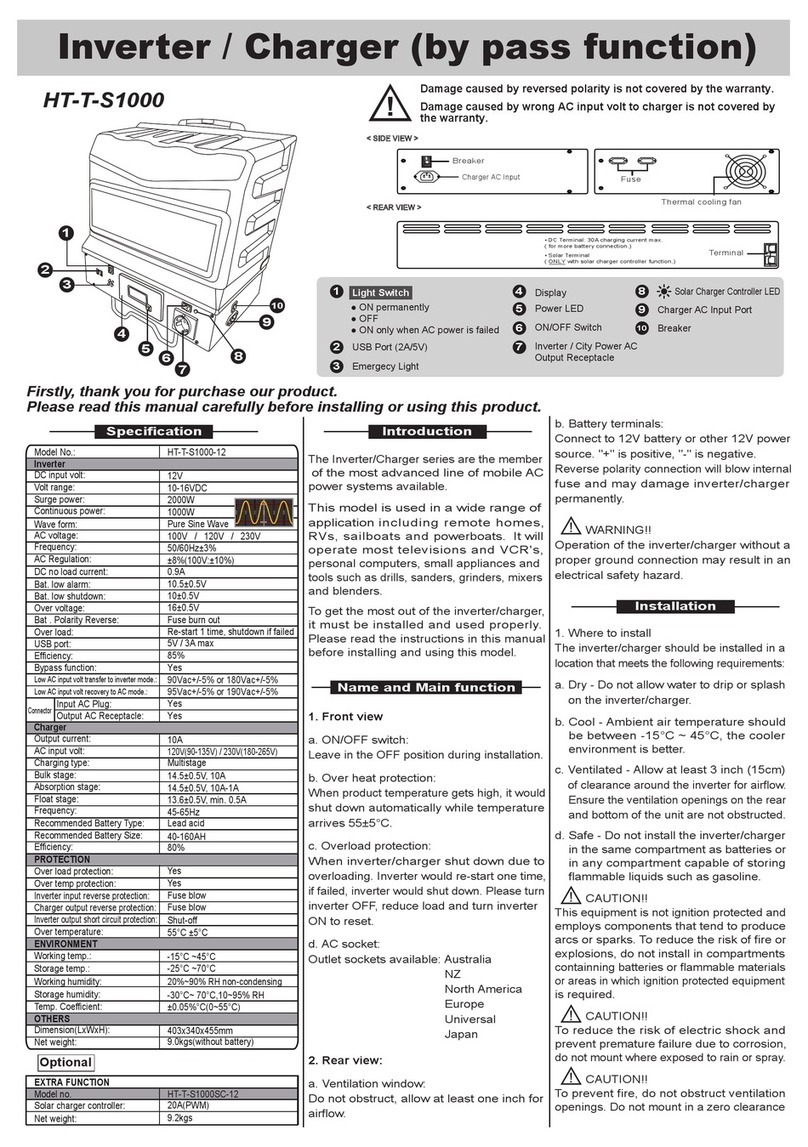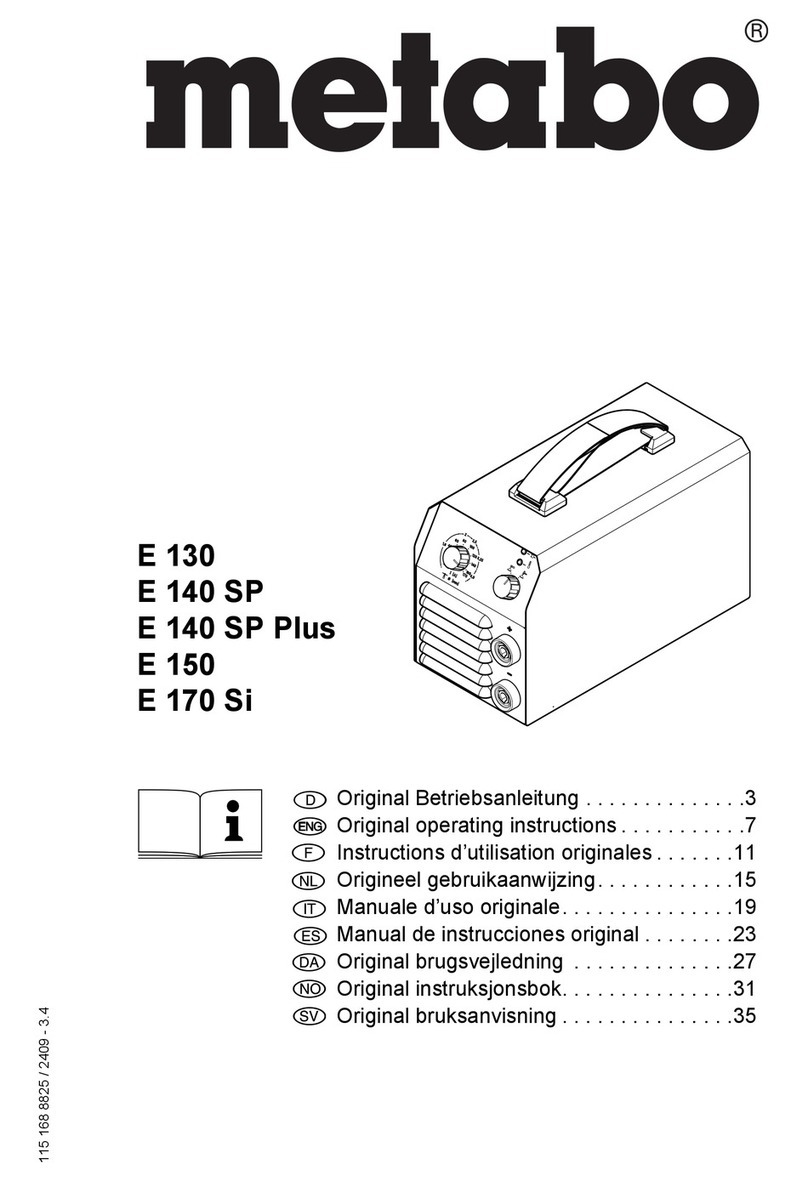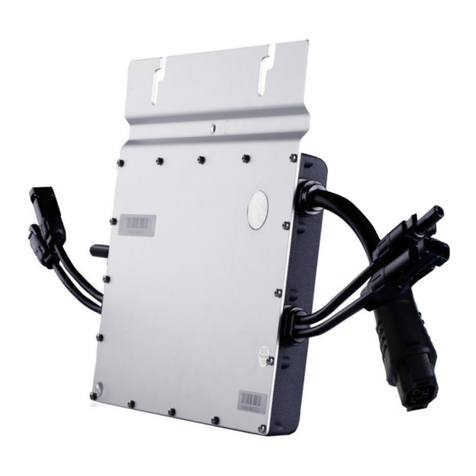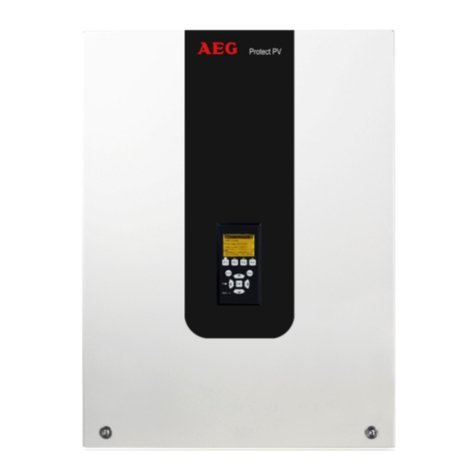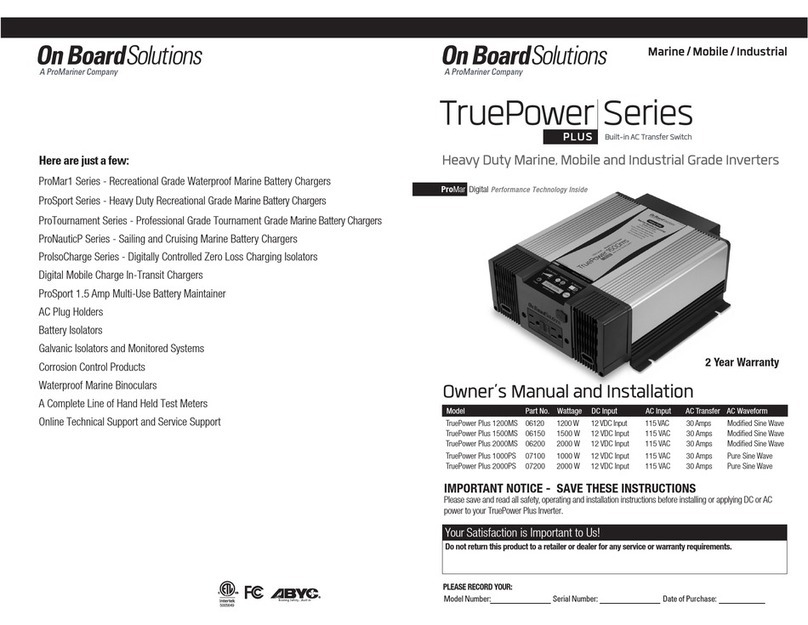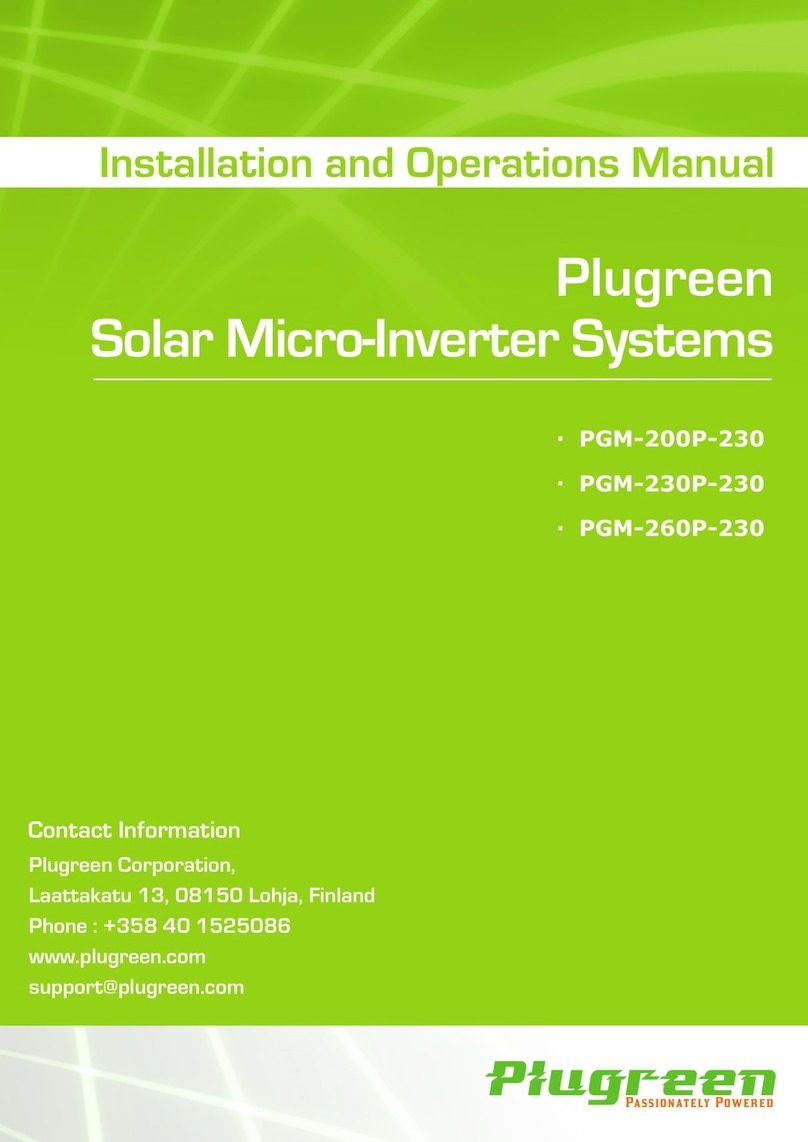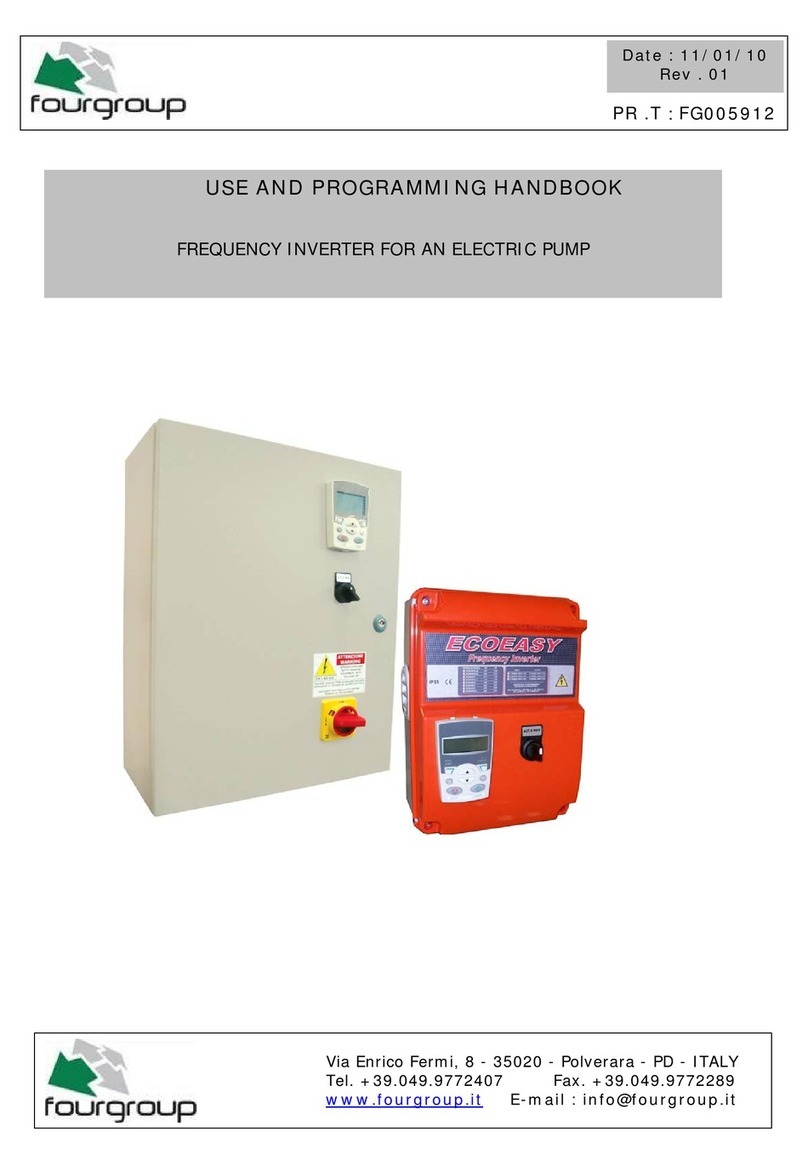
0
Table of Contents
ABOUT THIS MANUAL.................................................................................................................................1
Purpose.....................................................................................................................................................1
Scope ........................................................................................................................................................1
SAFETY INSTRUCTIONS.............................................................................................................................1
INTRODUCTION...........................................................................................................................................2
Features.....................................................................................................................................................2
Basic System Architecture..........................................................................................................................2
Product Overview.......................................................................................................................................3
INSTALLATION.............................................................................................................................................4
Unpacking and Inspection..........................................................................................................................4
Preparation................................................................................................................................................4
Mounting the Unit.......................................................................................................................................4
Battery Connection.....................................................................................................................................5
AC Input/Output Connection.......................................................................................................................6
PV Connection...........................................................................................................................................7
FinalAssembly...........................................................................................................................................9
Remote Display Panel Installation............................................................................................................10
DC Output Connectors (Optional)............................................................................................................. 11
Communication Connection...................................................................................................................... 11
Dry Contact Signal ...................................................................................................................................12
BMS Communication................................................................................................................................12
OPERATION ...............................................................................................................................................13
Power ON/OFF........................................................................................................................................13
Inverter Turn-on........................................................................................................................................13
Operation and Display Panel....................................................................................................................13
LCD Display Icons....................................................................................................................................14
LCD Setting .............................................................................................................................................16
LCD Display.............................................................................................................................................29
Operating Mode Description.....................................................................................................................36
Faults Reference Code.............................................................................................................................38
Warning Indicator.....................................................................................................................................39
BATTERY EQUALIZATION.........................................................................................................................40
SPECIFICATIONS.......................................................................................................................................41
Table 1 Line Mode Specifications...............................................................................................................41
Table 2 Inverter Mode Specifications.........................................................................................................42
Table 3 Charge Mode Specifications..........................................................................................................43
Table 4 General Specifications...................................................................................................................44
TROUBLE SHOOTING................................................................................................................................45
Appendix I: Parallel function.....................................................................................................................46
Appendix II: BMS Communication Installation.........................................................................................58
Appendix III: The Wi-Fi Operation Guide in Remote Panel ......................................................................64
